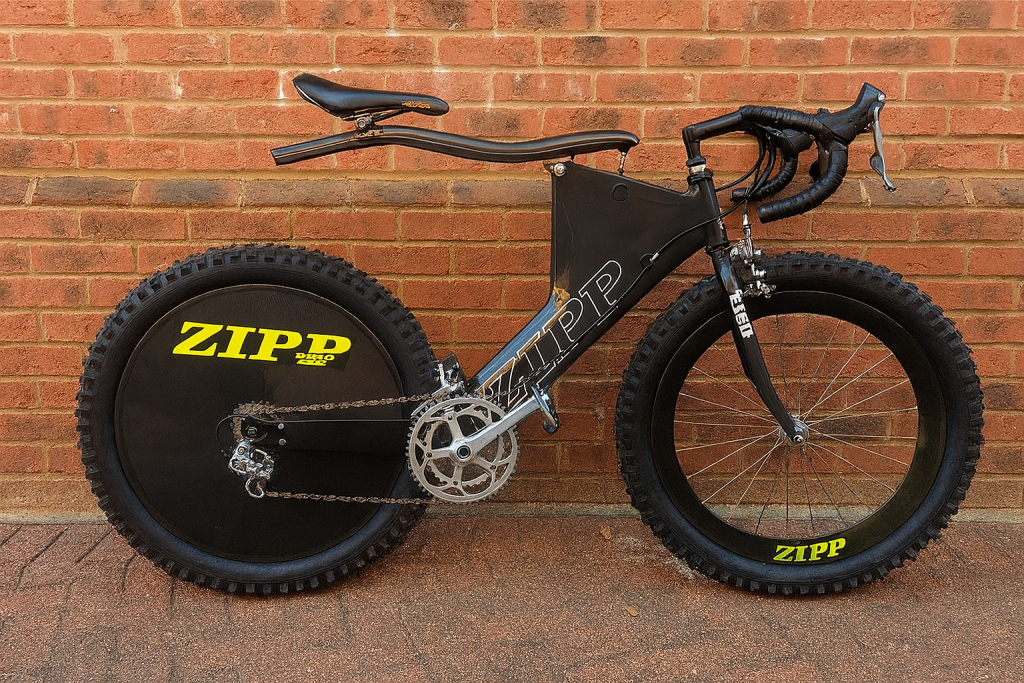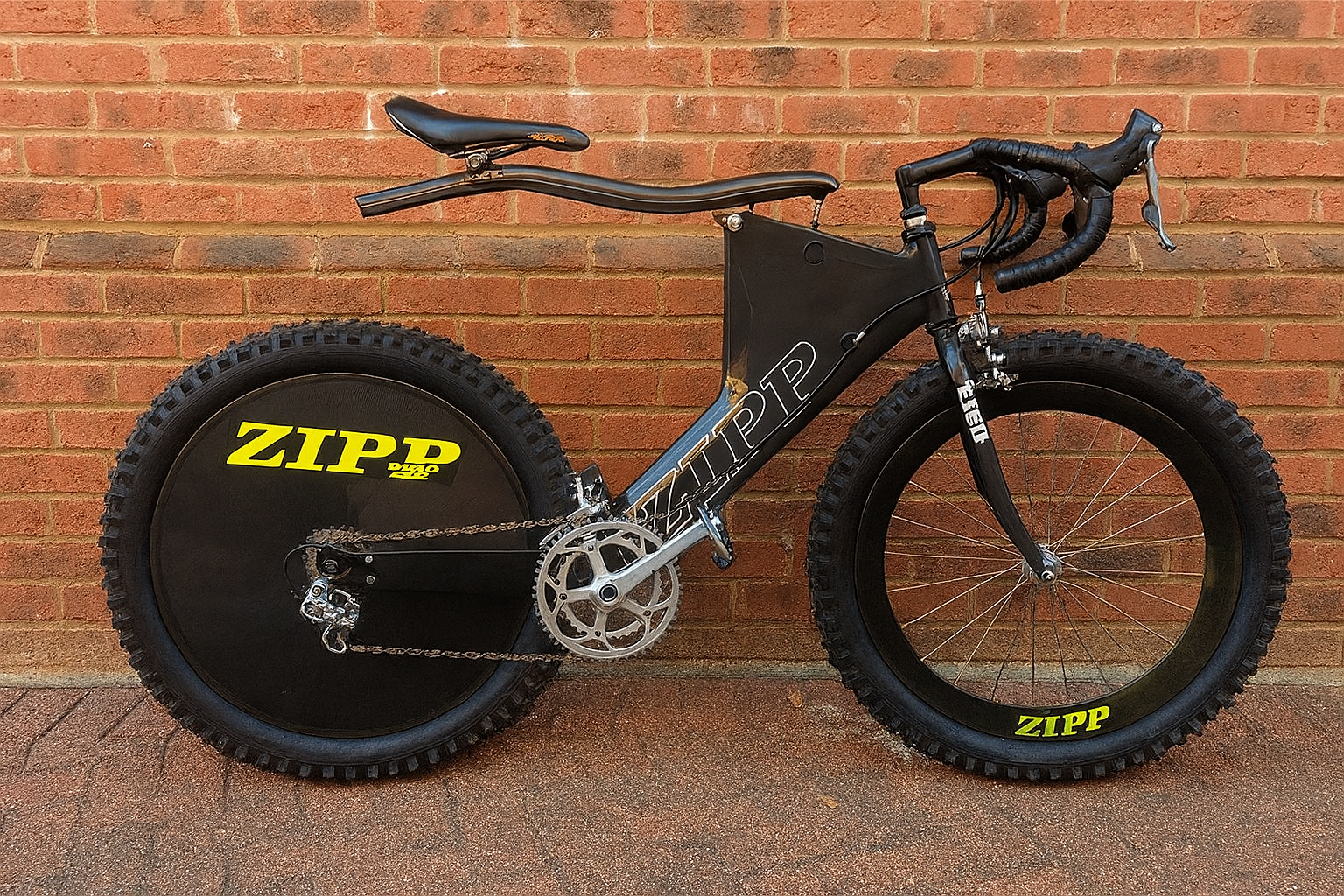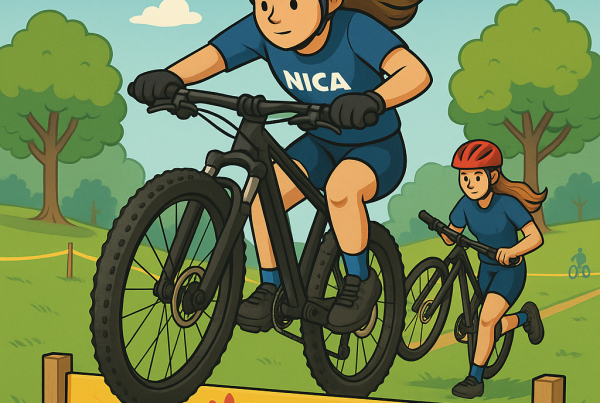Welcome to the final installment of the “You Should Be Racing Cyclocross” series.
If Parts One and Two didn’t already convince you, this part addresses the only two reasons you might possibly have left for skipping out on this glorious sport.
There is a third concern which I’ll quickly acknowledge: you harbor a deep-seated hatred for cyclocross that stems back to childhood trauma—maybe you endo’d your Huffy into a sand pit while riding through a grassy field. If that’s you, I wish you the best and appreciate you even reading this far. I do, however, recommend seeking out a qualified cycling coach to work through your betrayal of trust—and then race cyclocross anyway.
Now on to the convincing.
What Bike Do You Need?
Simple answer: anything with knobby tires at your local races. At higher-level events, 33mm tires and drop bars are required, but for most riders, the bike you already own will work just fine.
Until you’re chasing points at Nationals or international events, nobody is going to police your setup—so if you want to show up on a Zipp Softride with MTB tires, go for it (just don’t bring aerobars).
There are really only two pieces of equipment to think about: tires and handlebars.

Tires
-
International-level racing: 33mm max tire width is strictly enforced.
-
USAC Nationals:
-
Elite, U23, and Junior (17–18): Must follow the UCI’s 33mm max rule.
-
Masters: Allowed up to 38mm.
-
Junior 15–16: No tire width restrictions.
-
-
Masters Worlds (UCI): 33mm max rule applies.
-
Local racing: Anything goes. I’ve seen people race fat bikes with 3+ inch tires.
Handlebars
-
High-level events: Drop bars are required.
-
Local racing: Drop bars or MTB handlebars are both fine. You may be asked to remove bar ends. Aerobars are never allowed.
Gravel Bikes Are Cyclocross Bikes (and Vice Versa)
Here’s a fun fact: the first sub-11-hour finish at the DK200 (now Unbound) was set by Brian Jensen, a former pro and Kansas local, on a custom titanium Eriksen with cyclocross geometry, cantilever brakes, and 36mm tires. That record stood until Colin Strickland’s sub-10-hour ride in 2019.
Back in 2014, gravel racing was still fringe. Most riders started with road or MTB and then dabbled in cyclocross. Shops carried more CX bikes than gravel bikes, and riders used their CX setups for winter training and the occasional gravel event.
Today, things have flipped: gravel bikes are now the “do-it-all” machines, while cyclocross is more niche. But the overlap is still huge. Geometry differences exist—Euro CX bikes tend to be taller and sharper for tight, technical courses, while gravel bikes are lower and more stable—but for 95% of riders, the distinction barely matters.
Bottom line: put knobby tires on your bike and come race.

Cliff Drive CX, 2016. Coordinated outfits, Pop-Tarts, and cyclocross racing. We all got dropped from the front groups in our categories, but we had a blast.
You’re Not Going to Be Good at CX—And That’s Fine
This section is for two types of people:
-
Riders who’ve already had a full season of road, MTB, or gravel and feel cooked.
-
Riders who’ve tried CX before, sucked at it, and decided it wasn’t for them.
Excuse #1: “I race too much already—CX is too much.”
Totally fair. I’ve been there. After a long road season, I often felt drained heading into CX.
My solution? I stopped caring about results. Every CX race became off-season interval training that I was going to do anyway. I even built up a cheap single-speed CX bike to make it more about the course than the competition. And here’s the funny thing: once the whistle blew, race brain took over and I pushed myself just as hard as always.
The key is showing up with a “just have fun” attitude. You’ll see riders with multiple bikes, spare wheelsets, custom skinsuits, and embrocation slathered head to toe. They’ll probably crush you. That’s fine—it’s their time to shine. You’re there for fitness, skills, and maybe the banana bread.
Excuse #2: “I suck at cyclocross.”
Good. Most of us do. That’s why you need it.
Cyclocross is like a shotgun blast of skills training. It forces you to improve cornering, braking, remounts, balance, and match-burning efficiency—all in one race.
It’s also just good for you. Doing hard things matters. Channel your inner David Goggins and embrace the discomfort, even when every lap reminds you your handling could be better. Laugh through the heckling when you botch the barriers. Push through 40 minutes of lung-searing chaos.
It’s part of the experience—and it will make you a better, tougher rider than those skipping out for a gravel spin.

Putting It All Together
You already have a bike.
You’re probably not amazing at cyclocross.
And you don’t need to take it too seriously.
This is your chance to build yourself up as a rider, no matter which discipline you consider “yours.” You’ll leave each weekend with more fitness, sharper skills, and the kind of race stories you don’t get anywhere else. Most importantly, you’ll gain a community that supports you, heckles you, and embraces the same silly, brutal, awesome experience.
Come race cyclocross. You won’t regret it.






